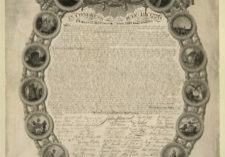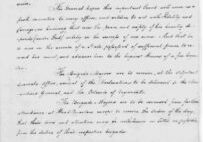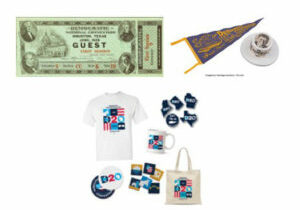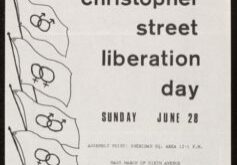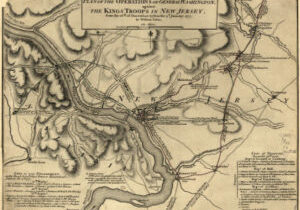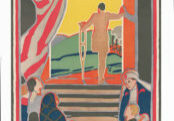Lesson Plans
Preamble to the Constitution Image Sequencing
Students develop their civics vocabulary and deepen their understanding of the preamble to the U.S. Constitution with this primary source image sequencing activity. After, students work together to create a class preamble that describes the purpose and function of their classroom community.
Making a Declaration – Intermediate
Students investigate the importance of the Declaration of Independence as a founding document of the United States, then consider the historical and contemporary relevance of its most famous phrase and how it relates to a personal vision of the American dream.
Making a Declaration – Advanced
Students investigate the historical impact of the Declaration of Independence, then consider the significance of the Declaration of Independence to the United States today and the contemporary relevance of its most famous phrase to the country, to the community, and to self.
Technology & Presidential Nominating Conventions
Students analyze primary sources and other resources from 1928, 1960, and 2020 to investigate and consider the impact changes in technology had on presidential nominating conventions. After, students envision future technologies and how they might be used to impact future presidential elections.
Stonewall: A Building. An Uprising. A Revolution.
Pair the picture book, Stonewall: A Building. An Uprising. A Revolution., with primary sources to have students consider multiple perspectives as they build knowledge of this historic event in LGBTQ+ rights movement. After students can read the summary of the Equality Act, which passed in the House but has not moved out of committee in the Senate, and one or more comments on it published in the Congressional Record. Encourage students who feel passionately about the Equality Act to write to their Senators to share their thoughts.
When Washington Crossed the Delaware
Pair the picture book, When Washington Crossed the Delaware, with primary sources to have students practice close reading of both texts and maps while investigating the events leading up to and following this key accomplishment in the Revolutionary War. After, students can research a current event and create a map based on their learning along with a curator's note that briefly describes its value; create a gallery walk of student work.
Pulling Down the Statue
Students analyze, then compare and contrast primary source images to investigate the historical removal of a monument. Next students read articles to to investigate contemporary events related to statue removals, then write an op-ed article that links their study of the past to the present situation.
The Art of Tribute
What can you learn about people by analyzing statues created to memorialize them? Who is worthy of a monument? Students consider these questions and more as they analyze primary sources. After, students research and evaluate the building of historical statues and monuments in the United States. Students then either create a drawing or small prototype of a statue of someone to be installed in the National Garden of American Heroes or write a short op-ed against the construction of the National Garden of American Heroes, sharing their work with their congressional representative.
Monumental Men
George Washington, Thomas Jefferson, Abraham Lincoln, and Theodore Roosevelt made significant contributions to the United States. Through the lens of both primary and secondary sources, students learn about the characters and contributions of these presidents and determine for themselves the qualities and accomplishments that make someone, including themselves, worthy of a lasting tribute. The lesson also includes extension activities for ELA, math, science, and music connections.
Ancient Rome’s Veterans with Disabilities: Roman Accounts and U.S. Veteran Comparisons
Students compare how two societies separated by centuries think about and act toward veterans who live with a disability.

